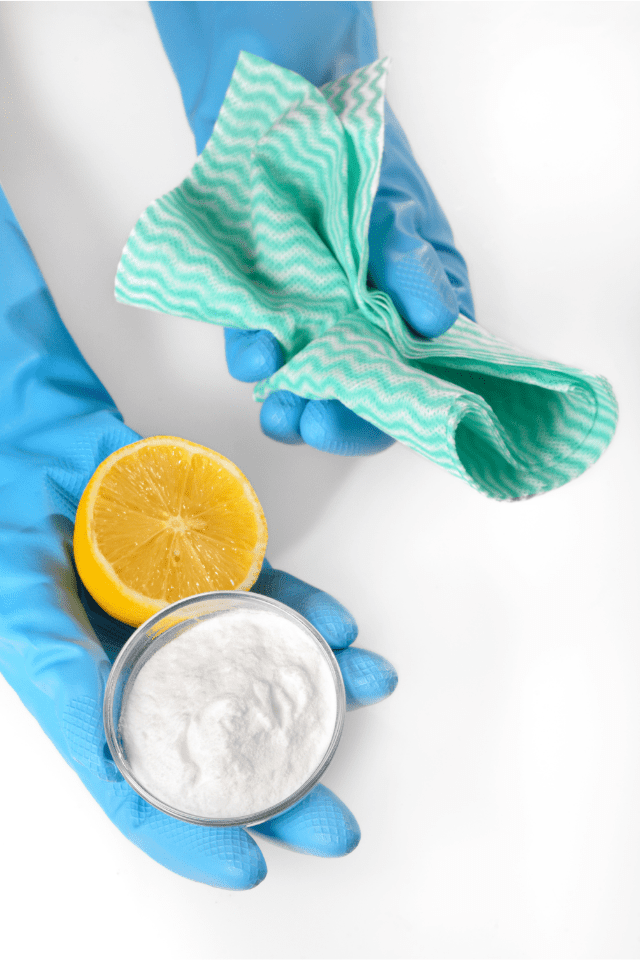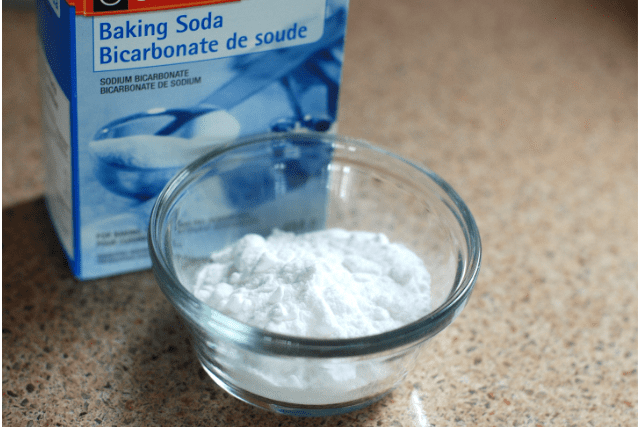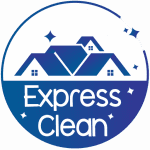Baking Soda Cleaning Tips: Smart, Safe, and Effective Use
Baking soda is a versatile and budget-friendly cleaning agent used by facility managers, operations leads, and homeowners across Chicago and nearby suburbs. Express clean, with years of professional cleaning expertise, shares essential best practices, safety guidelines, materials compatibility, and scheduling tips for utilizing baking soda in residential and facility environments.
Understanding Baking Soda: Chemistry and Compatibility
Baking soda (sodium bicarbonate) is a mild alkaline powder with a pH between 8 and 9. It acts as a gentle abrasive and natural deodorizer, making it suitable for a wide range of cleaning applications, including kitchens, bathrooms, and soft surfaces. However, its mildly abrasive nature means it should be used carefully on delicate finishes and electronics.
| Surface/Material | Recommended Use | Precautions |
|---|---|---|
| Stainless steel | Removes stains, polishes gently | Rinse thoroughly; avoid circular scratching |
| Glass | Cleans deposits & odors | Avoid excessive scrubbing |
| Fabric/upholstery | Deodorizes, spot-cleaning | Test for colorfastness; vacuum after use |
| Electronics | Not recommended | Moisture may damage circuits |
Best Practices for Cleaning with Baking Soda
- Preparation: Wear gloves to reduce direct skin contact, especially for prolonged tasks.
- Mixing: For general cleaning, mix 2–3 tablespoons of baking soda with 1 cup of warm water.
- Dwell Time: Let baking soda sit on stains or grime for 10–15 minutes before scrubbing for best results.
- Rinsing: Use clean water to remove residue thoroughly, preventing buildup or haze.
- Waste Handling: Dispose of baking soda slurry with household waste—avoid pouring large quantities down drains to prevent clogging.
Safety and Compliance Considerations
Baking soda is generally considered safe, but always follow safety protocols when cleaning in commercial, residential, or healthcare settings. Use personal protective equipment (PPE), avoid inhaling dust, and never mix baking soda with strong acids (e.g., vinegar) in closed spaces, as this creates carbon dioxide gas that may trigger fire suppression systems or affect indoor air quality. For more recommendations, see the University of Illinois Extension’s cleaning guidelines.
Scheduling Efficiency: When and Where to Use Baking Soda
For both large commercial facilities and busy homes around Chicago, scheduling baking soda cleaning tasks can improve efficiency. Incorporate its use into weekly or monthly deep-clean cycles for kitchens, restrooms, and high-touch areas. For specialty cleaning projects—like refrigerator interiors or playrooms—mark set times in your maintenance calendar to avoid overlap with other chemical-based tasks. For a practical approach, consult this detailed spring cleaning checklist.
Popular Ways to Use Baking Soda (With Instructions)
- Kitchen Surfaces: Sprinkle lightly on sinks and counters, scrub with a damp sponge, and rinse.
- Appliance Deodorizing: Place an open box on refrigerator shelves to neutralize odors. Replace every 60 days.
- Soft Surface Spot Cleaning: Sprinkle on carpets, let sit for 15 minutes, then vacuum thoroughly.
- Bathroom Grout: Make a paste with water, apply to grout lines, let dwell for 10 minutes, then scrub with a brush.
Key Cautions
- Avoid using on aluminum, lacquered surfaces, or antique finishes—baking soda can dull or scratch them.
- Do not use on stone surfaces like marble or quartz, as it may compromise the sealant over time.
- Test a small area before general use, especially on painted or colored surfaces.
Additional Guidance and Internal Resources
For more expert cleaning tips and safe materials handling, read our guides on green cleaning product safety, how cleaning products affect your lungs, and how to declutter effectively. If you have questions about stain removal, surface compatibility, or ongoing facility protocols, our team is always here to help.
CTA – Professional Cleaning in Chicago
Not every mess is a DIY job. To ensure compliance, efficiency, and a deeper clean, book office cleaning in Chicago or schedule move-out cleaning with Express clean. Our professional staff leverages both green techniques and specialty products for a safe, effective clean every time.
Frequently Asked Questions
Q: Can baking soda replace disinfectants?
Baking soda is effective at deodorizing and mildly abrasive cleaning, but it does not kill most bacteria or viruses. Use it alongside approved disinfectants for high-touch surfaces, following CDC or OSHA recommendations for your facility.
Q: Is baking soda safe for allergy-sensitive environments?
Yes—baking soda is fragrance-free and non-irritating for most people. However, always vacuum or rinse residue to minimize airborne dust.
About the Author/Reviewer
Reviewed by: Express clean Team
With over 20 years of experience in commercial and residential cleaning throughout Chicago and its suburbs, Express clean specializes in practical, safe, and compliant cleaning protocols for a wide range of facilities and homes.


Baking Soda, Best Cleaning Service in Aurora, IL, House Cleaning Aurora, IL, House Cleaning Services in Aurora, Cleaning Services Chicago, Best Cleaning Service in Aurora, Apartment Cleaning Services Chicago, IL, House Cleaning Service Highland Park, House Cleaning Cicero, House Service Clean Wicker Park/





